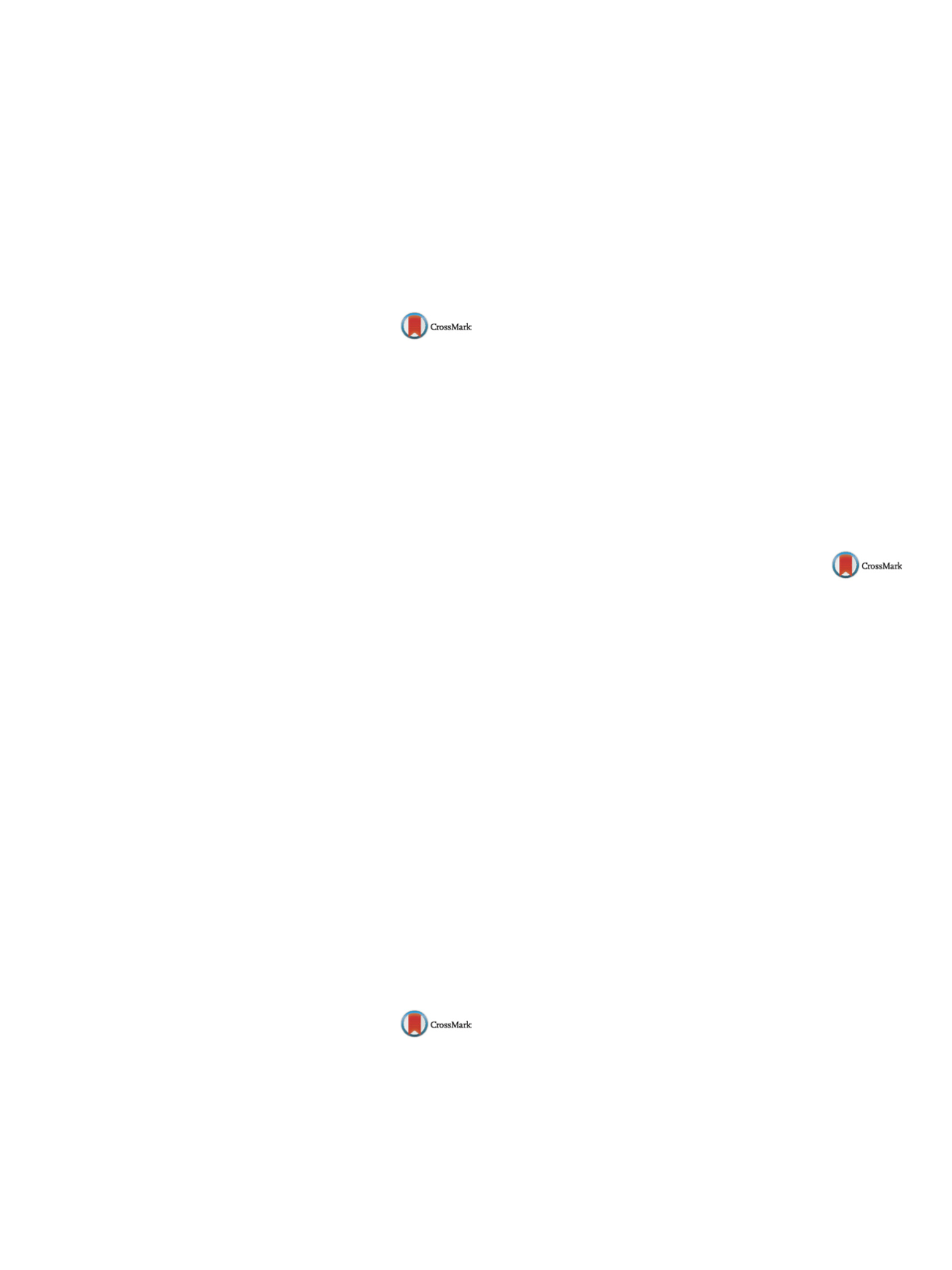

25th European Congress of Psychiatry / European Psychiatry 41S (2017) S405–S464
S409
feeling of loss of life opportunities (
P
= 0.037), tendency to follow
predominantly ones intuition (
P
= 0.035).
Conclusions
In patients who declared the above-mentioned
demeanors increased risk of SI emergence than in others (10–30%
vs. 4%) indicate that there are particular vulnerable areas of neurotic
personality that require especially careful approach during inten-
sive psychotherapy–dealing with those areas may result in distress
or anxiety that may lead to SI.
Disclosure of interest
The authors have not supplied their decla-
ration of competing interest.
http://dx.doi.org/10.1016/j.eurpsy.2017.01.341EV0013
Blood levels of patients with profound
refractory OCD who are on
supra-normal dosages of sertraline
L. Drummond
∗
, V. Robert
South West London and St Georges Mental Health NHS Trust,
National OCD/BDD Service, London, United Kingdom
∗
Corresponding author.
Introduction
Patients with OCD usually require higher dosages
of serotonin reuptake inhibiting (SRI) drugs than is used for the
treatment of depression. This observation resulted in treatment-
refractory patients being occasional prescribed selective SRI drugs
above the normal upper limit of prescribing. Previous studies have
shown that these high doses are well tolerated.
Objectives
We decided to investigate the blood levels of patients
on dosages of sertraline that were above the normal therapeutic
range.
Method
Successive patients treated by the National Inpa-
tient Service for OCD/BDD who were treatment refractory and
prescribed > 200mg sertraline per daywere included. All had previ-
ously received 2+ trials of different SRIs for > 3months each as well
as been offered augmentation with dopamine blockers and at 2+
trials of exposure and response-prevention. All patients scored in
the profoundly ill range of the Yale Brown Obsessive Compulsive
Scale.
Sertraline was titrated in 50mg increases every 2–4 weeks up to a
maximumof 400mg. Blood samples were taken after theirmorning
dose. This was after the patients had stabilised for at least 2 weeks
on the higher doses.
Results
Seventeen patients were included in the study and
received sertraline dosages ranging from225mg to 400mg per day.
Blood levelswerewithin therapeutic range or below for all patients.
Following treatment within the service, these patients generally
showed an improvement of an average of improvement of 43% on
the YBOCS.
Conclusions
A subgroup of patientswithprofound refractoryOCD
seem to either malabsorb or rapidly metabolise sertraline resulting
in lower than therapeutic blood levels.
Disclosure of interest
The authors have not supplied their decla-
ration of competing interest.
http://dx.doi.org/10.1016/j.eurpsy.2017.01.342EV0014
The effectiveness of
mindfulness-based stress reduction
(MBSR) in anxiety and depression in
patients with multiple sclerosis (MS)
E. Alisaleh (MA of Clinical Psychology)
1 ,∗
, S. Ghahari
21
Islamic Azad University, Tonekabon Branch, Tehran, Iran
2
Iran University of Medical Science, Tehran, Iran
∗
Corresponding author.
Objective
Themain objective of the present study is to investigate
effectiveness of mindfulness-based stress reduction in anxiety and
depression in patients with multiple sclerosis.
Methods
This study is in kind of semi-experimental research in
formof pretest–posttest patternwith control group. Statistical pop-
ulation of the study consists of all patients with multiple sclerosis
referred to Iran MS Association by 2016. Sampling method in this
study is available sampling and based on having inclusion crite-
ria. Among depressed and anxiety patients 30 individuals were
selected randomly andwere classified in two groupswith 15 people
in each group. Experimental group was under mindfulness-based
training on stress reduction for 8 sessions. Control groupwas also in
waiting list. All patients in experimental and control groups fulfilled
depression and anxiety inventories before and after intervention.
Obtained data was analyzed using MANCOVA and in SPSS22 soft-
ware.
Finding
Obtained results show that there is significant difference
between the two groups in terms of anxiety and depression after
intervention (
P
< 0.001).
Conclusion
Mindfulness-based stress reduction can help reduc-
tion of symptoms of anxiety and depression in patients with MS.
Keywords
Mindfulness-based stress reduction; Anxiety;
Depression; Multiple sclerosis (MS)
Disclosure of interest
The authors have not supplied their decla-
ration of competing interest.
http://dx.doi.org/10.1016/j.eurpsy.2017.01.343EV0015
Neuroimaging correlates of insight in
obsessive compulsive disorder: A fMRI
study
A. Gadad
∗
, D.Y.C.J. Reddy , D.G. Venkatasubramanian , D.J. C.N
National Institute of Mental Health & Neurosciences, Psychiatry,
Bangalore, India
∗
Corresponding author.
Aim of the study
To study the neural substrates of insight in OCD
by comparing patients with good insight, patients with poor insight
and matched healthy controls using functional MRI.
Methodology
Subjects were recruited from among patients
attending OCD clinic, adult psychiatry services and psychiatry
ward inpatients of National Institute of Mental Health And Neu-
rosciences (NIMHANS), Bangalore. They were further divided into
‘good insight’ (
n
= 30) and ‘poor insight’ (
n
= 14) using Brown’s
assessment of belief’s scale. Control subjects (
n
= 30) were recruited
from consenting volunteers. 3 T MRI was used mental rotation task
was paradigm used for fMRI and analysis was done by SPM 8.
Results
Poor insight patients and good insight patients compar-
ison revealed differential activation in left superior/medial frontal
gyrus (corresponding to theDLPFC). Anegative correlation between
BABS score and activation of right inferior parietal lobule. Men-
tal rotation task behavioural data results: OCD patients as a group
had significantly lower accuracy compared tohealthy controls. Poor
insight group had significantly decreased accuracy ratio compared
to good insight group and healthy controls. A negative correlation
was noted between BABS score and accuracy ratio, indicating that
poorer the insight, greater the errors during the active task.
Conclusion
Insight has been important prognostic factor in OCD.
Poor insight patients had specific deficits in left medial frontal
gyrus and right inferior parietal lobule as compared to good insight
patients and healthy controls. Together, these indicate that insight
has a strong neurobiological underpinning in OCD.
Disclosure of interest
The authors have not supplied their decla-
ration of competing interest.
http://dx.doi.org/10.1016/j.eurpsy.2017.01.344

















